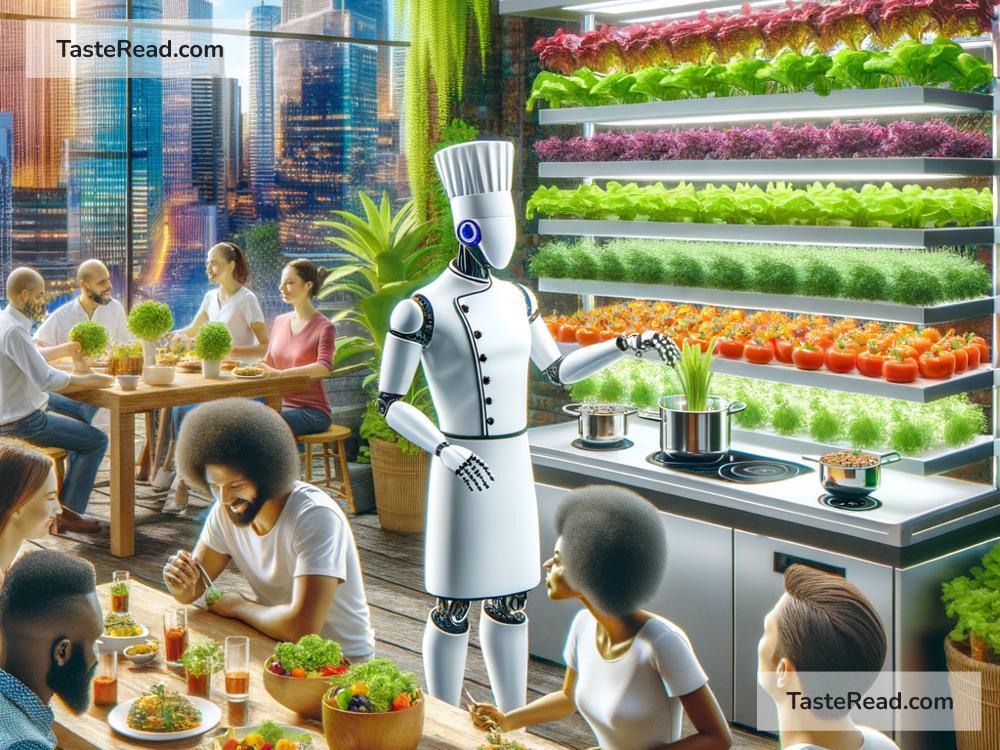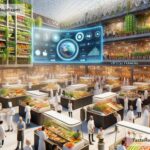The Future of Food and Participatory Governance: A Recipe for Change
The future of food is one of the most important conversations of our time. From how it is grown to how it is shared, food systems shape our health, economy, and environment. At the same time, people are demanding more say in the decisions that affect their lives. This is where participatory governance comes into play. By combining innovative food solutions with more inclusive decision-making, we can build a healthier and fairer world for everyone.
In this blog, we’ll explore how food systems are changing, why participation matters, and how the two can work together to create a sustainable future.
The Future of Food: Challenges and Opportunities
Food connects us all. Yet, our current food systems face big challenges. Climate change, population growth, and inequality are putting pressure on how we grow, distribute, and consume food. Here are some key issues shaping the future of food:
-
Climate Change
Extreme weather conditions—such as droughts, floods, and rising temperatures—are hurting crops and making farming harder. Farmers around the world must adapt to unpredictable environments while keeping food prices affordable. -
Population Growth
By 2050, the global population is expected to reach 10 billion people. Feeding everyone will require more efficient ways to grow and distribute food. To do this sustainably, we’ll need to reduce food waste and develop new technologies for agriculture. -
Inequality and Access
Billions of people still struggle with hunger and malnutrition, while others have abundant food at their disposal. Ensuring equal access to nutritious food is a major challenge that forces us to rethink how food is shared globally.
Despite these challenges, there are exciting opportunities to transform food systems for the better:
- Alternative Proteins: Scientists are developing plant-based meats and lab-grown protein to reduce dependence on livestock farming, which contributes to greenhouse gas emissions.
- Local Food Systems: Urban farming and community gardens are growing in popularity, helping cities become more self-sufficient in feeding their populations.
- Vertical Farming and Automation: Technology is allowing us to grow food indoors using minimal soil, water, and space, making farming more sustainable and efficient.
Why Participatory Governance Matters
Participatory governance means giving people a voice in decisions that impact their lives. It’s a system where citizens, governments, and organizations work together to solve problems and create policies. This approach can help food systems become more equitable and sustainable.
Traditionally, decision-making about food has been dominated by big corporations and centralized governments. Farmers, workers, and everyday consumers often haven’t had a seat at the table. As a result, policies don’t always reflect the needs of communities. Participatory governance changes that by putting people at the center of decision-making.
Here’s why participation matters:
-
Local Solutions
Communities understand their own needs better than anyone else. For example, a rural farming village might know specific ways to combat pests or improve soil health. By listening to local voices, we can create solutions that are tailored to each region. -
Inclusion and Equity
When people from diverse backgrounds are involved, decision-making becomes fairer. This ensures marginalized groups—such as small farmers, women, and Indigenous peoples—are not left out of food policies. -
Trust and Cooperation
People are more likely to support policies when they feel heard. This creates trust and encourages cooperation between citizens and governments, improving the chances of success.
The Intersection of Food and Participation
So, how can the future of food and participatory governance work hand-in-hand? Here are some ideas:
-
Community-Led Food Policies
Imagine councils made up of farmers, consumers, scientists, and government officials coming together to shape food policies. These councils could decide how local farmland is used, address food waste, and ensure fair access to healthy foods. -
Technology as a Tool for Inclusion
Digital platforms can enable broad participation in food-related decisions. Farmers can share data on crops, consumers can report concerns about food safety, and policymakers can collaborate online. Apps and social media make it easier for everyone to participate, even in remote areas. -
Education and Awareness
Education is key to creating a participatory food system. Schools, communities, and media must teach people about food issues and how policies are made. When people understand the process, they are more likely to get involved and advocate for change. -
Supporting Local Food Movements
Movements like farmers’ markets and community-supported agriculture (CSA) highlight the importance of local food systems. By participating in these initiatives, people can influence how food is grown and distributed in their own neighborhoods.
A Recipe for the Future
The future of food won’t be shaped by one solution or one group of people. It requires collaboration, innovation, and a willingness to listen to diverse voices. Participatory governance makes this possible by encouraging people to come together and make decisions that benefit everyone.
We all eat. We all have a stake in the food system. By embracing new technologies, investing in local solutions, and insisting on inclusive governance, we can build a future where food is sustainable, accessible, and fair.
Just as a delicious meal needs the right balance of ingredients, a better food system needs the right balance of ideas, voices, and actions. Together, we can ensure that food remains a source of health, connection, and hope for generations to come.
What do you think about the future of food and participatory governance? Have you seen examples where communities worked together to solve food challenges? Share your thoughts in the comments below!


